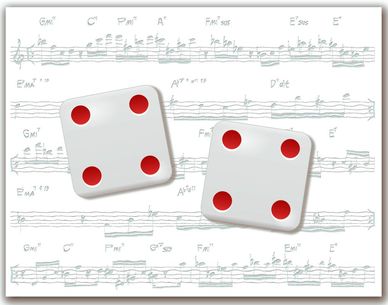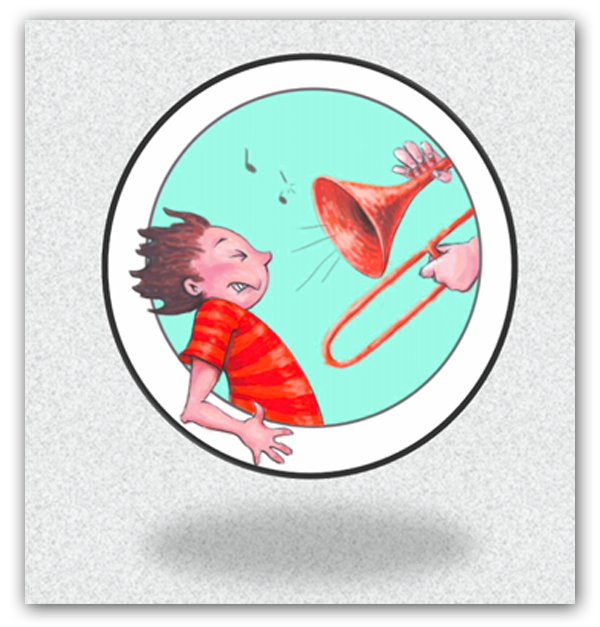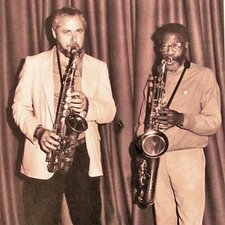"Fourtification" for Improvisation

Becoming an important part of the improviser's toolbox in the early 1960's - most notably through innovations by pianist McCoy Tyner and others - mastery of the Perfect 4th (P4th) remains an essential and challenging skill set for the present day improviser.
.
In the late 19th and early 20th Centuries, harmony based on fourths, known as Quartal Harmony, had been introduced via the symphonic works of several renowned European classical composers; namely Claude Debussy, Maurice Ravel and Bella Bartok, being a few of the most prominent.
As mentioned, the focus of "Fourtitude" is the combining of Perfect 4th pairs to create lines that weave seamlessly in, out and through the underlying harmonic structure; but before we get to the good stuff, let's take a look at what makes a Perfect 4th so "perfect" in the first place.
Shall we?
UPDATE: "Fourtitude" has been combined with "Lines in 4ths: The iii-VI-ii-V-I Progression" as a single 98 page pdf volume "Fourtitude + Lines in 4ths: iii-VI-ii-V7"
 RSS Feed
RSS Feed








